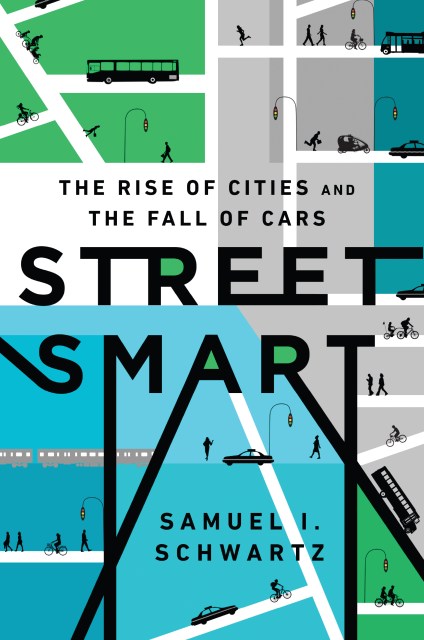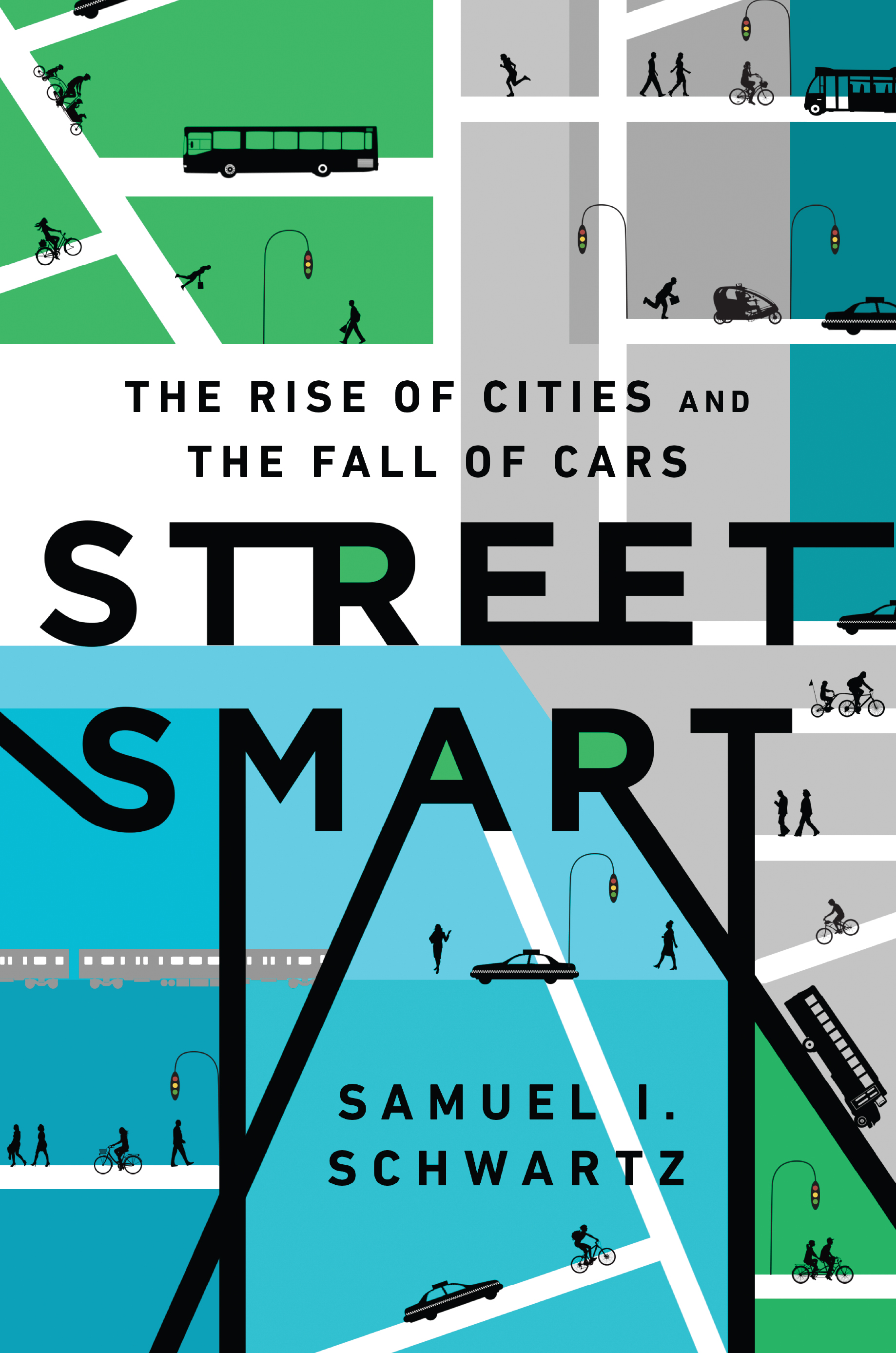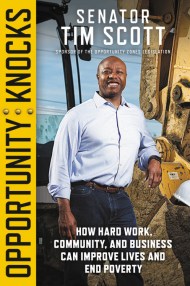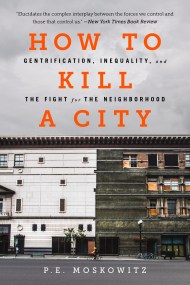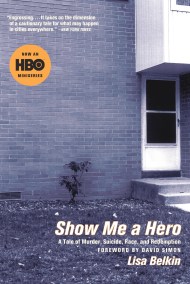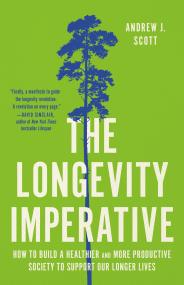Promotion
Use code MOM24 for 20% off site wide + free shipping over $45
Street Smart
The Rise of Cities and the Fall of Cars
Contributors
With William Rosen
Formats and Prices
Price
$14.99Price
$19.99 CADFormat
Format:
- ebook $14.99 $19.99 CAD
- Hardcover $26.99 $33.99 CAD
This item is a preorder. Your payment method will be charged immediately, and the product is expected to ship on or around August 18, 2015. This date is subject to change due to shipping delays beyond our control.
Also available from:
Since the turn of the twenty-first century, a surreptitious revolution has taken place: every year Americans are driving fewer miles. And the generation named for this new century — the Millennials — are driving least of all. Not because they can’t afford to; they don’t want to. They have better ideas for how to use their streets. An urban transformation is underway, and smart streets are at the heart of it. They will boost property prices and personal fitness, roll back years of congestion and smog, and offer a transformative experience of American urban life. From San Francisco to Salt Lake, Charleston to Houston, the American city is becoming a better and better place to be. Schwartz’s Street Smart is a dazzling and affectionate history of the struggle for control of American cities, and an inspiring off-road map to a more vibrant, active, and vigorous urban future.
Genre:
- On Sale
- Aug 18, 2015
- Page Count
- 312 pages
- Publisher
- PublicAffairs
- ISBN-13
- 9781610395656
Newsletter Signup
By clicking ‘Sign Up,’ I acknowledge that I have read and agree to Hachette Book Group’s Privacy Policy and Terms of Use
